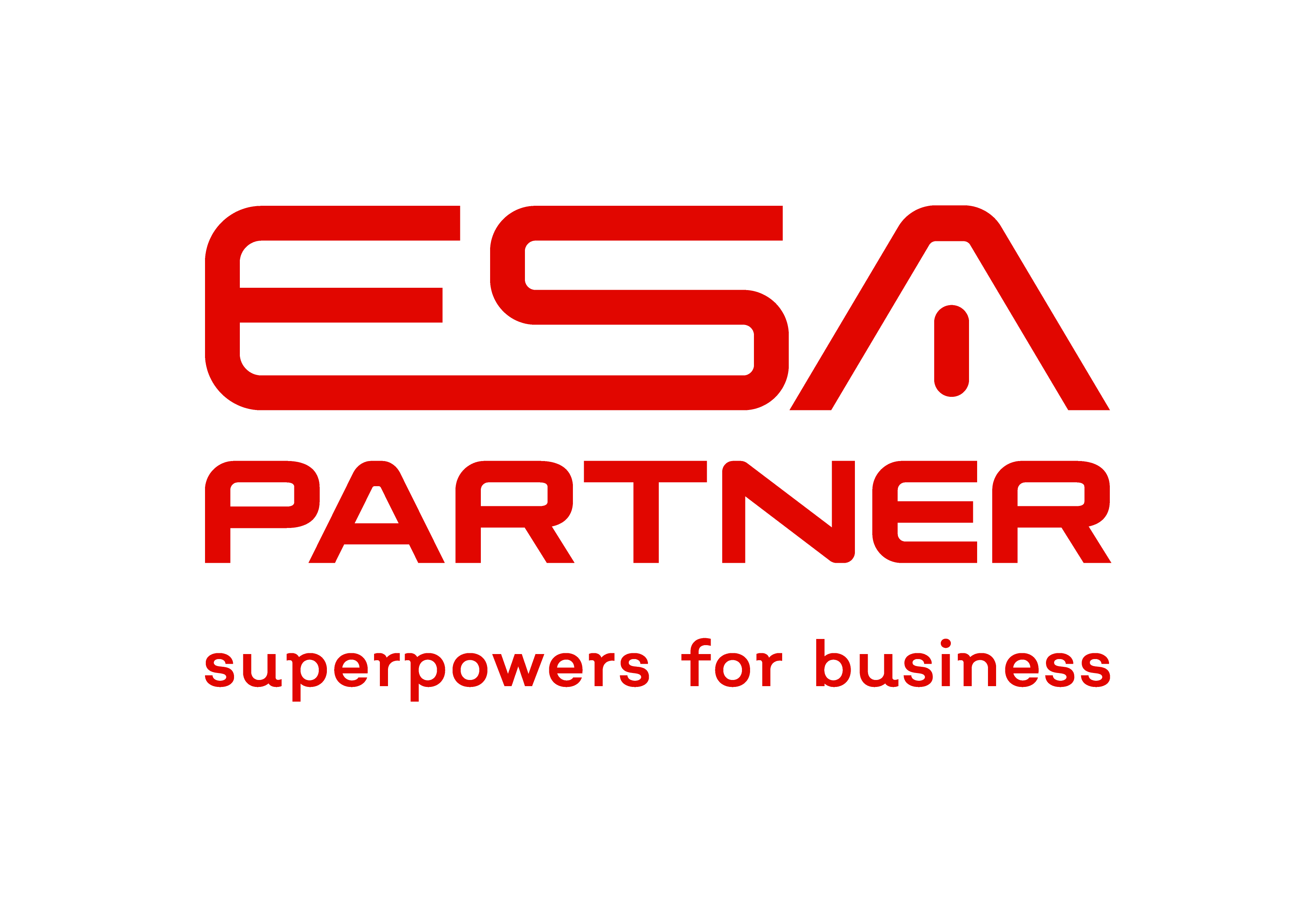Let’s talk about ransomware: debunking 4 common myths
In our digital world, ransomware attacks are becoming more and more common, and they’re getting sneakier and costlier by the day. Cybercriminals are always coming up with new ways to target businesses of all sizes, which means it’s crucial for companies like yours to take steps to protect your data and systems. Unfortunately, there are some common ransomware myths that can leave you exposed to attacks and unprepared to deal with them effectively.
I am going to try to set the record straight, on four of the most common ransomware myths, so you can better understand the risks and take action to protect your business. By knowing the truth about ransomware and taking proactive steps against it, you can lower the risk and make sure you’re prepared to stand up against cybercriminals and shout #VoetsakRansomWare.
Let’s bust those myths!
Now, let’s get to the bottom of those ransomware myths:
Myth #1: If my business is hit with ransomware, I can just pay the ransom and get back to work, easy peasy.
It’s easy to think that paying a ransom will be the fastest and simplest way to get your encrypted data back, but that’s actually a risky gamble.
Paying a ransom doesn’t mean the attackers will keep their promise and give you the decryption key. Plus, giving in to their demands only encourages cybercriminals to keep attacking others in the future. Sometimes they just ask for more money, we have even seen the criminals just release the data on to the Dark web anyway.
The smartest way to protect your business is to have a strong backup strategy and a comprehensive security plan in place.
Myth #2: My backups will save me if ransomware strikes.
Backups are a key part of ransomware prevention, but it’s not true that they’ll always be your saving grace. Cybercriminals have gotten smarter and now target backup files as part of their attack strategy.
In what’s called a double extortion attack, cybercriminals not only encrypt your data but also steal it. This means that even with a backup strategy, your data might still be at risk if the attackers threaten to leak sensitive information unless you pay a ransom. Ensuring multiple backups with unlimited versioning is crucial.
Myth #3: My antivirus software (or any other security solution) is all I need to protect me from ransomware attacks..
Antivirus software is a vital part of your defence against ransomware, but it’s not enough on its own. Relying on just one security product to guard against ransomware is a mistake. There’s no one-size-fits-all solution to ransomware, but a defence-in-depth strategy can help your business build the strongest possible defence.
Myth #4: My business isn’t a target for ransomware attacks.
You might think your business isn’t a target for ransomware attacks because it’s too small or doesn’t seem valuable enough, but that’s a dangerous misconception. The truth is that all organizations, big or small and across all industries, have valuable data that cybercriminals want to get their hands on.
As cybercrime becomes more advanced and efficient, hackers are targeting a wider range of businesses, making companies of all sizes potential targets. The best defence is to assume you’re a target and take proactive steps to safeguard your data and systems. The smaller the business, the more risk due to lower IT budgets.
Let’s tackle ransomware together
While no security measure is perfect, taking proactive steps to secure your data and systems can greatly reduce the chance of falling victim to a ransomware attack. We’re here to help your organization be well-prepared to fight against ransomware and other cyberthreats. Don’t hesitate to reach out to us for a no-obligation consultation.
To learn more about ransomware criminals and how to defend your business, download our infographic “The Anatomy of a Ransomware Attack.” It’s a handy resource that can help you better understand ransom.

